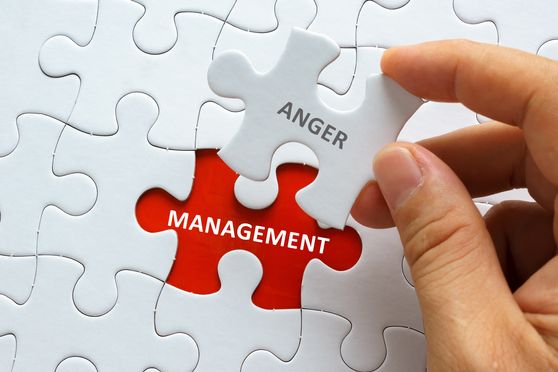Apeejay Schools host Vandana Kohli for virtual session on anger management


The Apeejay Schools, Salt Lake, Park Street, Haldia and Bhubaneswar, jointly hosted a virtual session on anger management for teachers and non-teaching staff.
Motivational speaker Vandana Kohli spoke about Understanding and Managing Anger and highlighted the root cause of anger along with ways to process it.
A documentary by Kohli, The Subtext of Anger, was also screened at the virtual event attended by around 50 teaching and non-teaching staff from all four Apeejay Schools.
“The moment you get angry just take your time-off. Time-off is such a wonderful strategy that can work before we do something that we cannot take back. As teachers, your words and actions are extremely important in the way the kids will get shaped in their lives. Jobs and careers, they are important but they are not your life. Life is about yourself, family, relations, community and environment. Life is about enjoying,” said Kiranjit Singh Pannu, chief executive officer, Apeejay Schools.

Here are some of the key takeaways from the session in the speaker’s own words
Understanding Anger
Anger is a natural and necessary emotion. The noblest purpose of anger is to alert us to injustice even more than threat. But having said that, it is equally a dangerous emotion. It is powerful. It can be all consuming and it is addictive. Every time we feel anger it makes us feel ‘I am Right’ and that’s a very dangerous state of being. Anger will continue to spark in us when we feel a threat. One thing that helped me immensely and I recommend it to anyone is to keep a journal. I believe that half the solution is in understanding the problem itself.
Handling anger among students in a classroom
The more we are involved in movement of a constructive kind, the more there is a balance within us. It could be sport, art, cursive writing, gardening etc. How can you devise these activities? Perhaps a group of teachers can do it together. Identify the problem and make an extra effort to engage them [the students] in sports or anything that they naturally would be inclined towards. Initially there may be resistance but gently with patience it will certainly help.
Beginning with ourselves
I truly believe we have to begin with ourselves. When we are angry, we are not part of the solution but part of the problem, however right our anger is. More often than not our expressions of anger are learnt expressions and we don’t even realise that. The first step would be to understand what would be your own expression of anger. The thing which we don’t realise is that emotion of anger is one thing and the expression of it is another; and that there can be space between the two.
Handling children/ students who do not listen
Children are engrossed online and then you raise your voice to get yourself heard. Each time there is a sense of loss of control, anger makes you lose control. That’s why I prefer to say let’s process our anger. If your children / students are not listening to you and you raise your voice, maybe the first time it will work. But the second or third time they will again ignore you and it will end up with you feeling frustrated. [In such a situation] I would have asked myself – If I could have said this in another way or do this in another way? Is there something else I can do? Do I need to prod them in another way? Is there any other way to connect with them? If you use force, there will be counter force and you will get caught in a web of frustration.
Decoding mind loops
When we are caught in certain loops in our mind, there is something that keeps playing in our minds. That is not your mind! It is simply one voice of anger, blame or anxiety which consumes you. So, do we ignore it? No, we acknowledge it. This observation is important, the solution will come by and by.
Becoming responsible teachers
Teachers are extremely significant in the development of a child. All of us as children look upon our teachers even more than our parents. As teachers, it is your responsibility to take responsibility and process your anger because a word said loosely in class can imprint a child for a very long time.